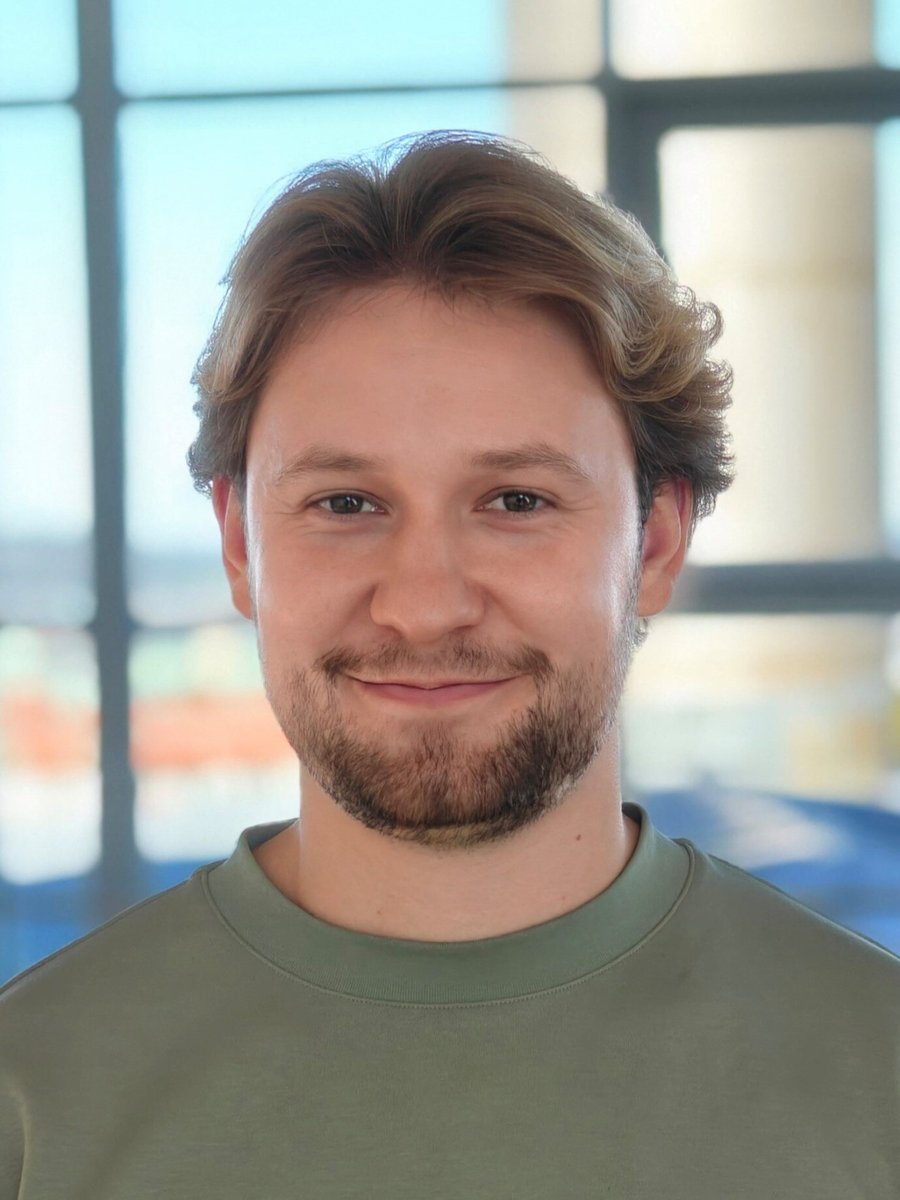.png?height=480&name=Your%20paragraph%20text%20(7).png)
Recorded webinar
Studying ionomer catalyst interaction for PEM fuel cells during potential cycling with EQCM-D
In recent years, the development of proton exchange membrane fuel cells has been greatly accelerated due to the increasingly evident climate change, as they represent an efficient alternative for the conversion of green hydrogen into electricity. Despite the rapid progress in this field, not all problems have been solved yet. For example, corrosion on the electrodes of fuel cells remains an ongoing challenge, which still has a major impact on the durability and therefore also the commercial application of this technology. To date, not much is known about the interplay during the corrosion processes between ionomer and the platinum catalyst material.
Consequently, in this study the interaction of platinum surfaces and Nafion as an ionomer material is analysed using EQCM-D. With this method, mass changes as well as structural changes on the surface of the electrode can be tracked with high precision and subsequently correlated to the corresponding electrochemical processes. Thus, we were able to observe a significant loss of mass during potential cycling for a pure polycrystalline platinum surface, while the same surface coated with a thin layer of Nafion demonstrated contrary behaviour. Instead, a significant increase in mass on the electrode surface and an increase in dissipation were observed. However, this effect could not be observed for surfaces of other materials such as gold and carbon. Therefore, we conclude that the cyclic oxidation and reduction of the platinum surface during potential cycling leads to an increase of the water content in the Nafion layer.
In this context, it is assumed that the osmotic drag force of the ions involved in the oxidation and reduction reaction is primarily responsible for the observed effect.
Webinar details
-
Originally aired
November 28, 2024
-
Length
23 min
-
Presentation by
Nils Rieger
-
Technologies
QCM-D

In this webinar:
- Introduction to the EQCM-D technique
- Introduction to PEM fuel cells and their relevance
- Case studies using Platinum, Carbon, and Gold electrodes
- The importance of durability in fuel cell technology

Presentation by Nils Rieger
Nils Rieger is a PhD student at the Department of Physics at Chalmers University of Technology in Gothenburg, Sweden. He received his M.Sc. degree in Nano-Science from the Eberhard Karls University Tübingen in 2022 after presenting his work on nanostructuring and modification of the photoluminescence of 2D-tungsten disulfide by electron irradiation within the group of Professor Jannik Meyer. In May 2023 Nils Rieger then started at his current position at Chalmers University. He is working within the group of Professor Björn Wickman, which is part of the Division of Chemical Physics. His research there focuses on degradation and deactivation of PEM fuel cell electrodes and catalysts.
